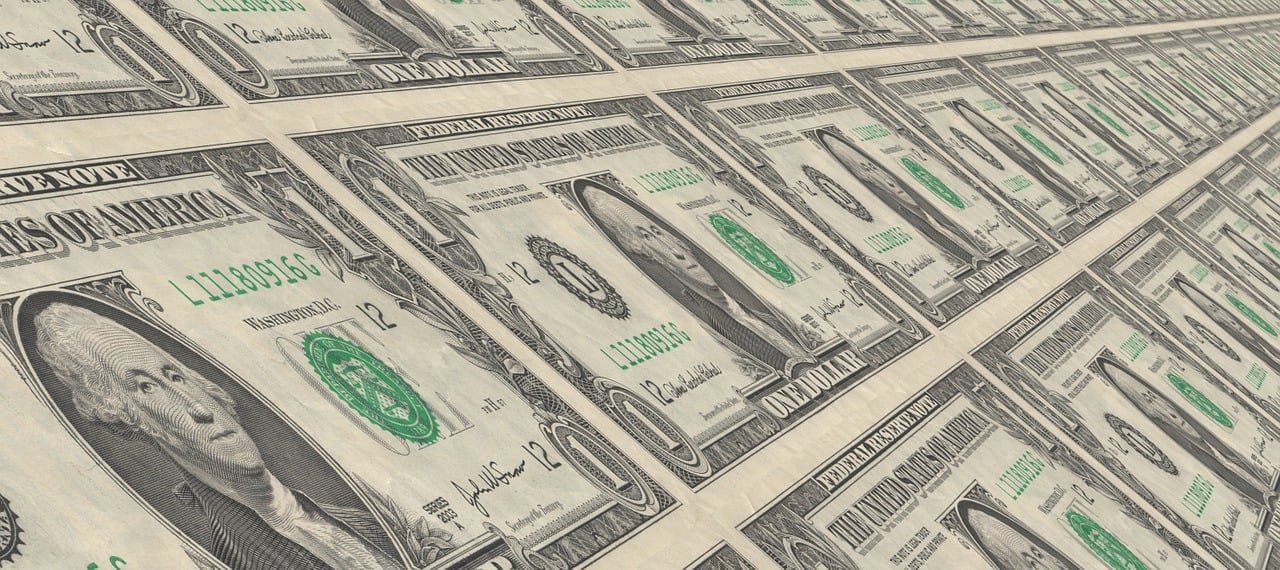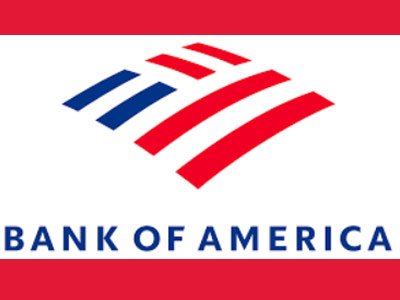Step-by-Step Guide: How to Apply for a Chase Bank Mortgage
Applying for a mortgage can often feel overwhelming, especially when you consider the financial commitment and the complex paperwork involved. Many people dream of owning their own home but stumble upon uncertainties about how to navigate the mortgage application process.
If you’ve found yourself wondering where to start or how to increase your chances of approval, you are not alone.
To help ease this journey, we’ve broken down the entire process of applying for a Chase mortgage into clear, manageable steps.
- Application steps
- Required documents
- Credit check
- Approval process
- Closing
Tackling a mortgage application correctly is crucial because it sets the foundation for your home loan experience. In this article, you will find detailed yet simple explanations, helpful tips, and shortcuts to make your Chase mortgage application smoother and less stressful. Our step-by-step approach ensures you won’t miss any important steps or documents, giving you confidence as you secure your home financing.
Step confidently toward your next milestone with the support of a Bank of America Loan. Flexible loans available from $2,500.Bank of America Loan
Application steps
The first step in applying for a Chase mortgage is to understand the overall application process. It begins with the initial decision on what type of home loan you need, whether that’s a fixed-rate mortgage or an adjustable-rate mortgage (ARM). Knowing your options helps you tailor the application more precisely to your financial situation.
Next, you’ll want to visit the Chase Bank website or your local branch to start your application. Chase allows you to apply online, which is convenient and straightforward. During the application, you will provide personal information such as your name, address, employment details, and income information.
Make sure to be accurate and honest throughout this step, as discrepancies can delay the process. You can save a draft and return later if you need time to gather your information. Chase also offers mortgage calculators to estimate your payments, which can help guide your borrowing choices.
Once your application form is complete, you will submit it for review. Chase then assigns a mortgage specialist who will assist you moving forward. They may get in touch with you for any clarifications or to discuss your loan options in more detail.
Remember that applying early and being prepared helps speed everything up. If you’re a first-time buyer, don’t hesitate to ask your specialist to explain any step you find confusing. This is your chance to ask questions and ensure you feel comfortable before committing.
Throughout the application, keep your credit and financial accounts stable – avoid making big purchases or opening new lines of credit, as this could impact your mortgage eligibility.
Required documents
Gathering all necessary documents beforehand can save time and reduce stress. Here are the most common documents Chase will ask for during your mortgage application:
- Proof of identity – passport, driving licence, or official ID
- Proof of income – recent payslips (usually last 2–3 months) and tax returns if self-employed
- Bank statements – typically last 2–3 months to confirm your savings and spending
- Employment verification – employer contact details or a letter confirming your job status
- Credit history information – though Chase will conduct a credit check, being aware of your credit report is handy
- Details of debts – credit cards, loans, or other financial obligations
- Property information – if you have already chosen a home, details about the property may be needed
Organise these documents in digital format if possible, as Chase accepts electronic submissions which speeds up the process. If any documents are missing or incomplete, your mortgage specialist will inform you during the review phase.
Proactively checking your documents eliminates unnecessary back-and-forth and showcases your preparedness to the lender, improving your credibility.
Credit check
The credit check is a crucial step in applying for a Chase mortgage. This process helps the bank assess your financial reliability and ability to repay the home loan. Your credit score and history directly influence the mortgage interest rate you’ll be offered as well as your loan approval chances.
Before applying, it’s wise to check your credit score through a recognised credit reference agency. Fix any errors or discrepancies ahead of time. Chase typically requires a good to excellent credit score to provide competitive mortgage rates.
When you submit your mortgage application, Chase will perform a “hard” credit inquiry. This can affect your score slightly but is standard practice and necessary for underwriting your loan.
Additionally, your credit report will be analysed for any signs of financial distress such as missed payments, defaults, or high debt levels. If there are issues, the mortgage specialist can advise on ways to improve your situation or recommend alternative loan products.
Maintaining a stable financial profile three to six months before and after applying is essential so the credit check reflects your actual capacity.
Approval process
After submitting your application and documents, Chase begins the approval process. This stage involves thorough underwriting, where the bank evaluates your financial health, the property value, and your ability to repay the mortgage.
Chase may request additional information during this time. Prompt replies can reduce delays, so keep communication channels open. The approval process typically takes a few weeks but can vary based on complexity.
Once pre-approved, you will receive a conditional offer that outlines the loan terms including interest rate, loan amount, repayment schedule, and any contingencies.
Make sure to review this carefully and discuss with your mortgage adviser if you have any questions or concerns. The offer is not yet the final stage but indicates strong likelihood of mortgage approval.
If approved, you enter the next phase known as processing, where final steps such as property appraisal and title search are carried out.
An important tip is to avoid making any major financial changes during this period — such as switching jobs or taking out new credit — as this can jeopardise your approval.
Closing
The closing phase is the final step to officially securing your Chase home loan and completing your mortgage journey. During closing, you will sign all necessary legal documents, pay closing costs, and the loan funds will be disbursed.
Before this meeting, thoroughly review the Closing Disclosure statement you receive a few days prior. This document details the exact costs, interest rates, and loan terms you’re agreeing to.
On closing day, also known as completion day, your solicitor or conveyancer will oversee the contract signing and property transfer. You’ll typically meet with your mortgage representative and legal professionals at your chosen location.
Some typical closing costs include lender fees, valuation fees, solicitor’s fees, and stamp duty (if applicable). Be sure you have arrangements to cover these costs in advance to avoid surprises.
Once all paperwork is signed and funds are released, you will receive your home keys and officially become a homeowner. Celebrating this milestone is well deserved!
Following closing, ensure you understand your monthly repayment schedule and contact Chase customer service if you need help managing your mortgage account.
Remember, ongoing communication with your lender and maintaining a good payment record keeps your mortgage in good standing and may help if you look to refinance later.
Explore Chase Mortgage Options
Apply for Chase Personal Loans
Quick Loan Options to Consider
Conclusion
In this guide, you have learned the essential steps to apply for a Chase Bank mortgage—from the initial application, through assembling your documents, undergoing a credit check, navigating the approval process, and finally closing your home loan. Taking the time to prepare properly and follow each stage carefully can make the difference between a stressful experience and a smooth journey towards your new home.
Now that you have a clear understanding and practical tips, it’s time to take action. Start your application with confidence and keep these steps handy as your reference. For more insights on personal loans and financial options, don’t miss our next article to continue empowering your financial decisions.

Easily Calculate Your Loan Interest with Our Free Tool
Understanding how much interest you’ll pay on a loan doesn’t have to be complicated. With our free loan interest calculator, you can estimate your total interest, monthly payments, and overall cost in just a few clicks—no spreadsheets, no confusion.

U.S. Bank Personal Loans from $1,000: What You Need to Know
Finding the right loan in the U.S. can feel overwhelming, especially when you’re uncertain about loan amounts or worried about approval. Many people face the challenge of choosing a loan that fits their financial needs without stretching their budget or risking their credit scores.

Citibank Personal Loans: How to Apply and What to Expect
Feeling overwhelmed by unexpected expenses or dreaming of upgrading your lifestyle but falling short on funds is a common struggle. Many people find themselves wondering how to access quick, reliable financial help without the hassle.
